Introduction #
The authors of the ZhanLabData: Large Dataset of Labeled Optical Coherence Tomography (OCT) and Chest X-Ray Images addressed challenges related to reliability and interpretability in the implementation of clinical-decision support algorithms for medical imaging. The Chest XRay part has a total of 5,856 patients contributed to the dataset, with 4,273 images characterized as depicting PNEUMONIA_BACTERIA and PNEUMONIA_VIRUS (rest - NORMAL images). They established a diagnostic tool based on a deep-learning framework specifically designed for the screening of patients with common treatable blinding retinal diseases.
The full dataset consists of the following parts:
- ZhangLabData: OCT (available on DatasetNinja)
- ZhangLabData: Chest X-Ray (current)
Authors’ framework employed transfer learning, a technique that involves training a neural network with a fraction of the data used in conventional approaches. This approach was applied to a dataset of optical coherence tomography images, demonstrating performance comparable to that of human experts in classifying age-related macular degeneration and diabetic macular edema.
In addition to achieving high performance, the authors focused on providing a more transparent and interpretable diagnosis. Their approach involved highlighting the regions recognized by the neural network, enhancing the understanding of the decision-making process.
To investigate the generalizability of their AI system, the authors extended the transfer learning framework to the diagnosis of pediatric pneumonia. Highlighting the severity of pneumonia as a leading cause of childhood mortality, particularly in developing countries, they aimed to expedite the diagnosis and referral of these treatable conditions.
The authors emphasized the significance of accurate and timely diagnosis for pediatric pneumonia, a disease responsible for a substantial number of childhood deaths. They utilized chest X-ray images, a standard diagnostic tool, to train their AI system. The dataset comprised chest X-ray images depicting bacterial and viral pneumonia, as well as normal cases. The AI system demonstrated effectiveness in classifying pediatric chest X-rays to detect pneumonia, distinguishing between viral and bacterial pneumonia to facilitate rapid referrals for urgent intervention.
Summary #
Large Dataset of Labeled Optical Coherence Tomography (OCT) and Chest X-Ray Images is a dataset for a classification task. It is used in the medical industry.
The dataset consists of 5856 images with 0 labeled objects. There are 2 splits in the dataset: train (5232 images) and test (624 images). Alternatively, the dataset could be split into 3 classification splits: PNEUMONIA_BACTERIA (2780 images), NORMAL (1583 images), and PNEUMONIA_VIRUS (1493 images). The dataset was released in 2018 by the Zhang Lab, Univercity of San Diego, USA.
Here are the visualized examples for the classes:
Explore #
ZhangLabData: Chest X-Ray dataset has 5856 images. Click on one of the examples below or open "Explore" tool anytime you need to view dataset images with annotations. This tool has extended visualization capabilities like zoom, translation, objects table, custom filters and more. Hover the mouse over the images to hide or show annotations.





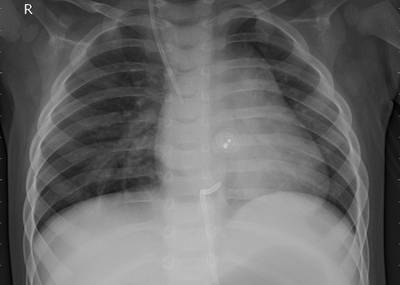



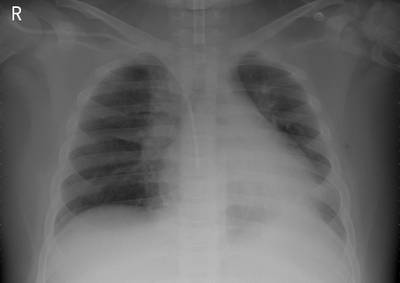



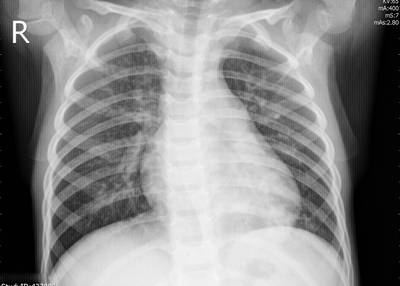

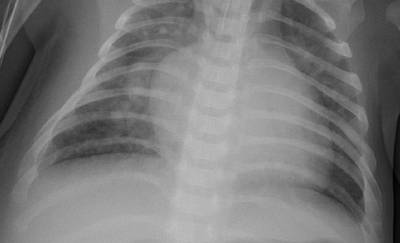



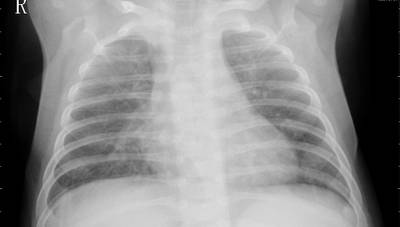

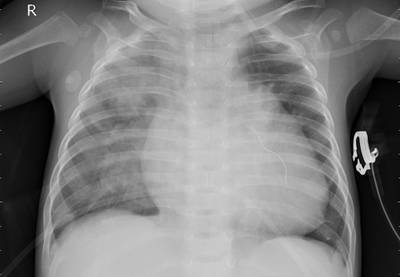

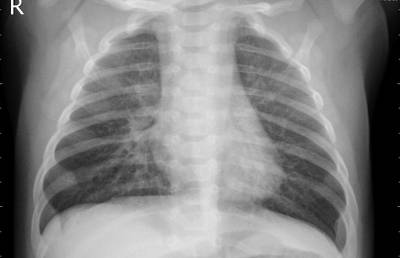



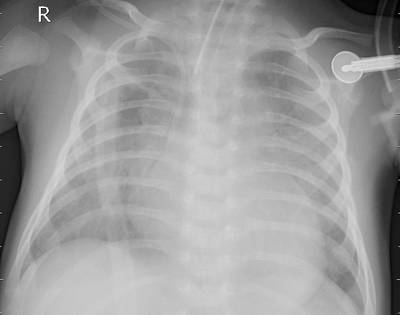



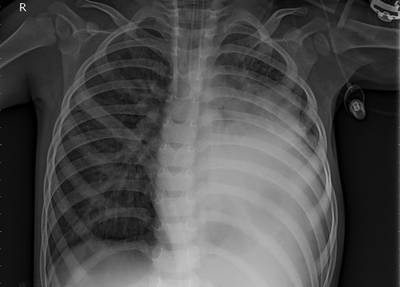





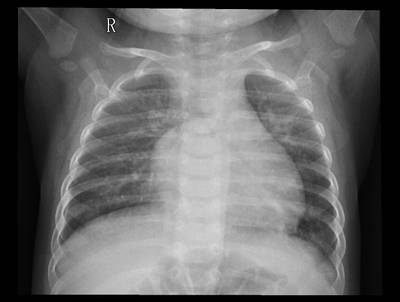



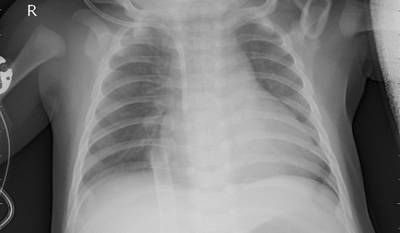











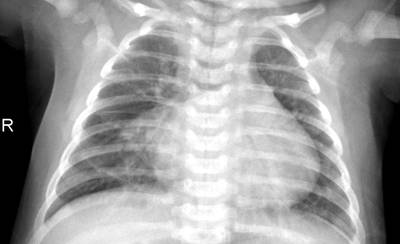



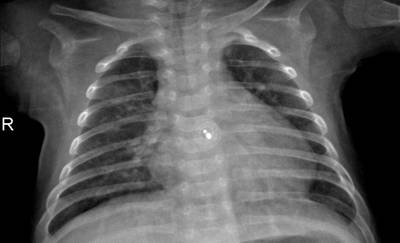


License #
Citation #
If you make use of the ZhangLabData: Chest X-Ray Images data, please cite the following reference:
Kermany, Daniel; Zhang, Kang; Goldbaum, Michael (2018),
“Large Dataset of Labeled Optical Coherence Tomography (OCT) and Chest X-Ray Images”,
Mendeley Data, V3, doi: 10.17632/rscbjbr9sj.3
If you are happy with Dataset Ninja and use provided visualizations and tools in your work, please cite us:
@misc{ visualization-tools-for-zhang-lab-data-chest-xray-dataset,
title = { Visualization Tools for ZhangLabData: Chest X-Ray Dataset },
type = { Computer Vision Tools },
author = { Dataset Ninja },
howpublished = { \url{ https://datasetninja.com/zhang-lab-data-chest-xray } },
url = { https://datasetninja.com/zhang-lab-data-chest-xray },
journal = { Dataset Ninja },
publisher = { Dataset Ninja },
year = { 2026 },
month = { jan },
note = { visited on 2026-01-17 },
}Download #
Dataset ZhangLabData: Chest X-Ray can be downloaded in Supervisely format:
As an alternative, it can be downloaded with dataset-tools package:
pip install --upgrade dataset-tools
… using following python code:
import dataset_tools as dtools
dtools.download(dataset='ZhangLabData: Chest X-Ray', dst_dir='~/dataset-ninja/')
Make sure not to overlook the python code example available on the Supervisely Developer Portal. It will give you a clear idea of how to effortlessly work with the downloaded dataset.
The data in original format can be downloaded here.
Disclaimer #
Our gal from the legal dep told us we need to post this:
Dataset Ninja provides visualizations and statistics for some datasets that can be found online and can be downloaded by general audience. Dataset Ninja is not a dataset hosting platform and can only be used for informational purposes. The platform does not claim any rights for the original content, including images, videos, annotations and descriptions. Joint publishing is prohibited.
You take full responsibility when you use datasets presented at Dataset Ninja, as well as other information, including visualizations and statistics we provide. You are in charge of compliance with any dataset license and all other permissions. You are required to navigate datasets homepage and make sure that you can use it. In case of any questions, get in touch with us at hello@datasetninja.com.


